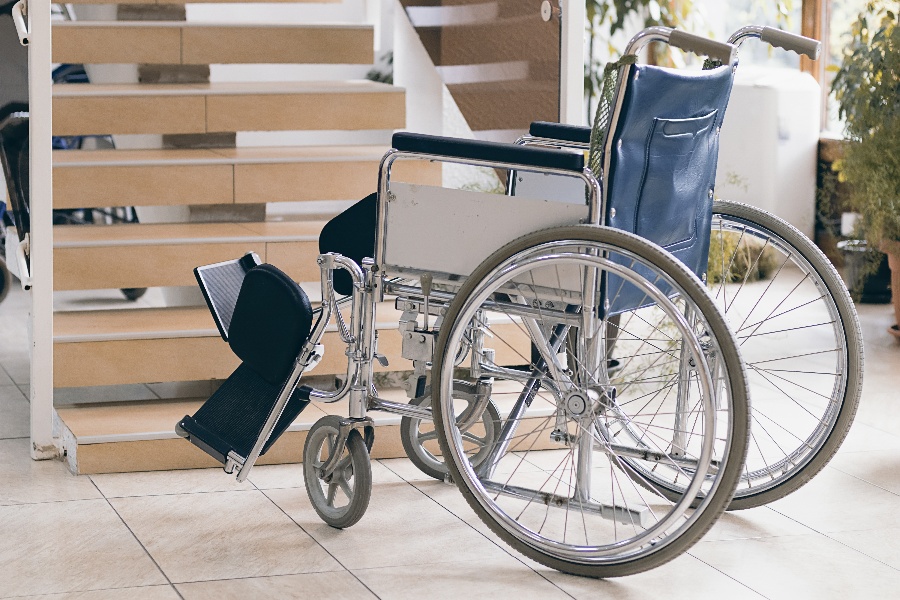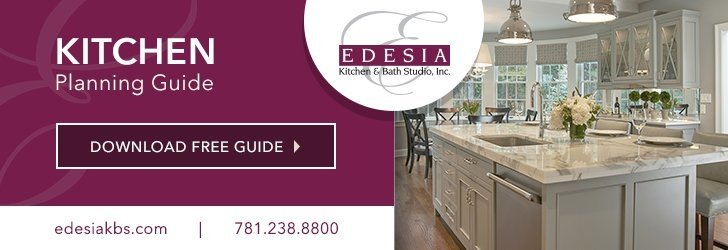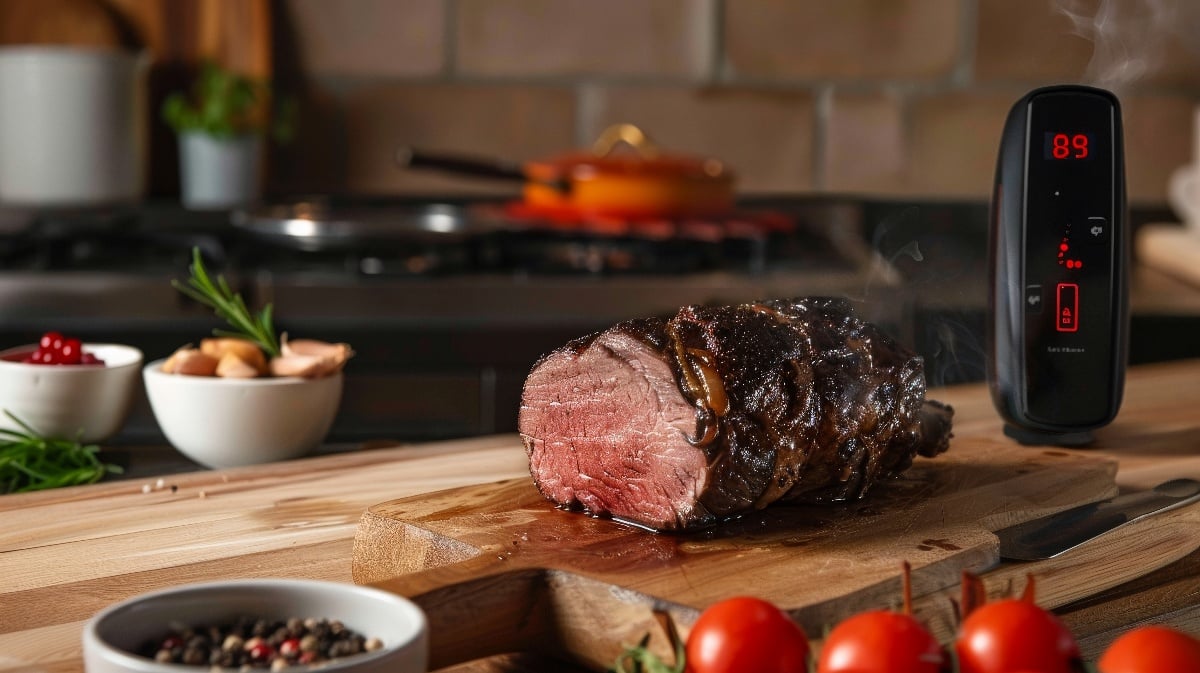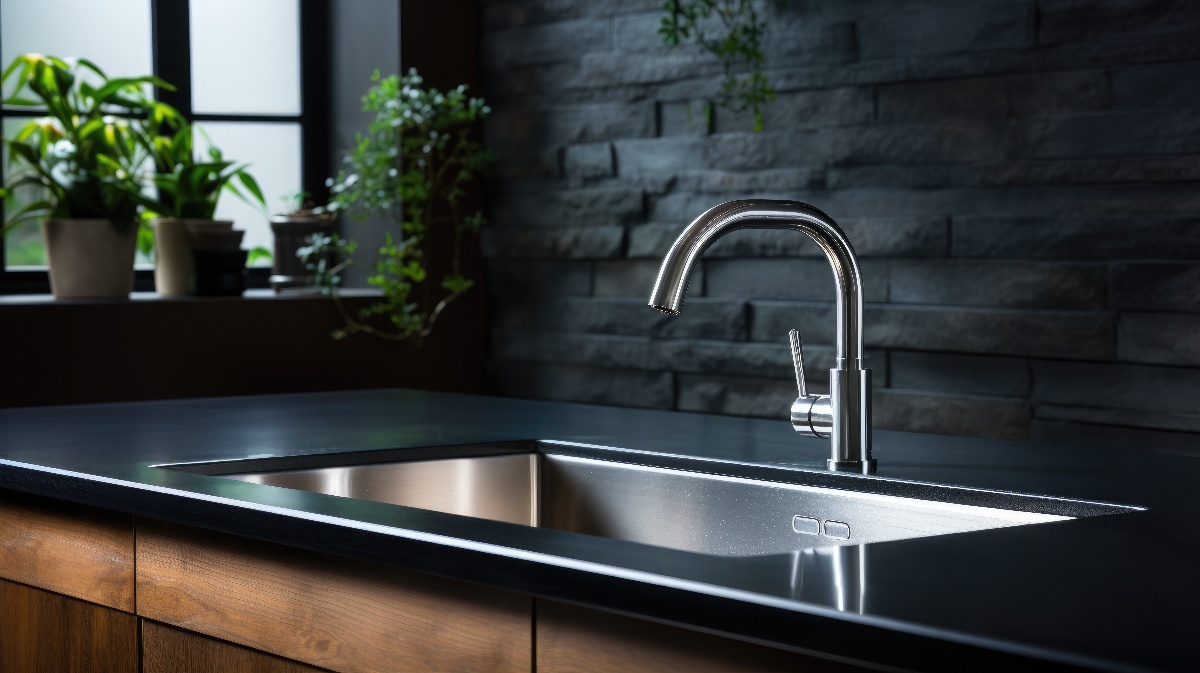If you're a member of your household is physically handicapped, home customization is the ideal way to overcome limitations at home.
Being handicapped is something that modern technology and architecture can help anyone overcome at home.
Self-opening doors, powered wheelchairs, and a wide variety of useful gadgets make it possible to adapt to a world made for the fully able. But in your own home, life should be comfortable and convenient.
When You Need an Accessible Home
The first step to updating your home for accessibility is to assess what you need. Every handicapping is different, and therefore so are the ideal accommodations for each person.
If stability is your only problem, a few strategic grab-bars might do the trick and you may not even require any major changes.
On the flip side, chairbound individuals have the most to gain from a completely redesigned home based on their natural 'working surface' level of height for tables and counters.
Do Your Research
Before you approach your construction or renovation builder, take what you know about your handicap needs and dive into home improvement options on the internet.
Do your research about exactly the kind of upgrades you want to add and have an idea of about how much the parts would cost to try and DIY the additions in a pre-built home.
Don't just read, take notes and copy URLs to useful pages. Put together an entire well thought out report and proposal for your builder. The more clearly you can explain your needs, the more easily your contractor can turn that into a reality.
Talk to Your Contractor
With plans in hand, it's time to talk to your renovation contractors. We can not only be able to give you a more accurate idea of what's possible, no doubt your builder will also have a few pointers on better ways to make your home more accessible.
You may need to work closely with your contractor to get your personal accessibility features correct, so it's important to open up the communication channels early and begin talking about what you need in a home, what you want in a home, and what your contractor can do for you.
Determine the Exact Accessibility Upgrades You Want
With your contractor, sit down and really map out exactly the upgrades you want built into the house. These decisions will make your home unique, one of the few specifically accessible homes in the neighborhood.
You'll want to think carefully both about what fits aesthetically with the house and how your life will be impacted by every decision you make in this phase.
Your contractor will help you sketch where each upgrade will go in the home's floor plan and itemize what will be needed to make the changes.
Calculate the Project Cost
Once you're sure exactly the changes you want to make, it's time to calculate your quote. The original price to build or buy the home will be augmented by the cost of renovations before it is ready for you to move in.
Consider all the costs when making your decision to ensure that the entire plan from beginning to end still fits within your budget.
With the finalized plan and new quoted cost in hand, you and your builder are ready to move forward on making your freshly build home handicap accessible.
The Best Home Accessibility Upgrades
When considering which upgrades to add to your new home design, it's important to think in terms of what is difficult or hard to change later.
What needs to be built into the structure of the house versus things that only need a few screws to install.
What makes an accessibly-built home unique are the architectural choices. Here's a quick list of the best accessibility upgrades to choose from:
Front Door Ramp
Adding a ramp is one of the largest common post-construction accessibility upgrades, but why wait?
Consider asking your contractors to integrate a front or side door ramp so that it's easy for handicapped household members to get in and out without having to worry about navigating steps.
Your ramp will perfectly match the home decor and you can rest easy knowing it was designed and installed by experts.
Wider Doorways
Wheelchairs, walkers, and scooters all struggle with traditionally sized doorways that may become a tight squeeze. Slightly wider doorways can make a huge difference for comfortably getting around the house.
Door Handle Height
For chair bound household members, reaching traditional high doorknobs can be a surprising challenge. one way to make your entire home more handicap accessible is to lower and center doorknobs. This makes them easier to reach and manipulate from a chair.
Staircase Chair Lift
If the handicapped household member needs to transition from the upstairs to the downstairs, a chairlift may be your most practical option.
A chair lift takes all the man-power and your need for assistance out of getting up and down the stairs. For both the chairbound and those with limited mobility.
Lower Countertops
For chair bound household members, a lower-level countertop makes a huge difference in your quality of life. And for mixed-ability families, you can choose to install automatic countertops that raise and lower based on who wants to use them.
Cabinet-Free Counters
Low-set counters without cabinets underneath are particularly helpful for chair bound residents because they provide a space for the chair to slide under. This is important for sinks and useful for all other handicap-height surfaces.
Wider Walkways
If the home was designed with certain walkways like halls or the space around the kitchen island, you may be able to have these paths widened for more comfortable wheelchair access.
Roll-In Showers
Walk-in showers are all the rage in both luxury bathrooms and handicap accessibility. The idea is that the shower head is far enough away from the door that you don't need a significant lip to keep the floor dry.
For chair bound residents, a small ramp over a shower lip can work, or you can redesign your bathroom to have an easy walk-in shower.
Toilet Risers
For residents who have a hard time sitting and standing, a low-set toilet is bad news. Toilet risers can be installed below a standard sized toilet to bring it up off the ground and therefore easier to use for anyone with certain kinds of mobility problems.
Grab Bars Galore
Finally, there is the vital addition of grab bars. Grab bars make life safer for the physically unstable and easier for those with leg limitations who haul themselves around. Grab bars are easy and inexpensive to add and they can make a world of difference.
----
Owning a home with the handicap accessibility features you need may be a project, but it's one you can enjoy for the rest of your life. Let us help you renovate your home into the perfect handicap-accessible residence for you or your family member. Contact us today for more information or to consult on your home renovation plans!












